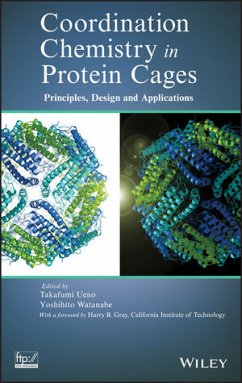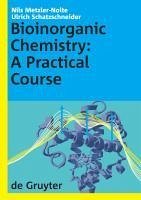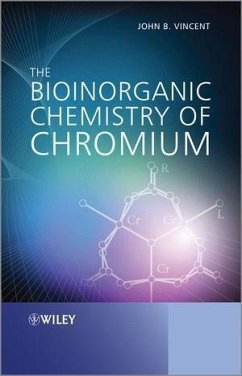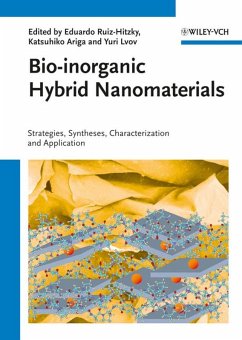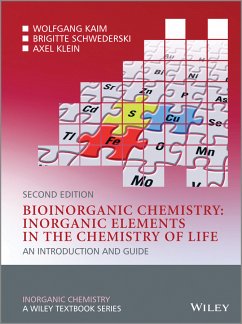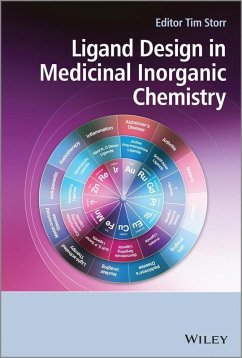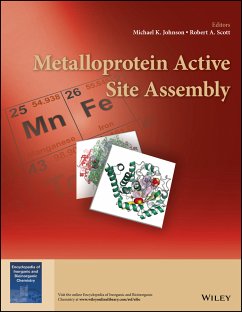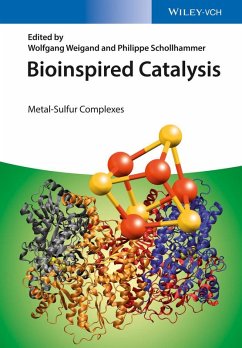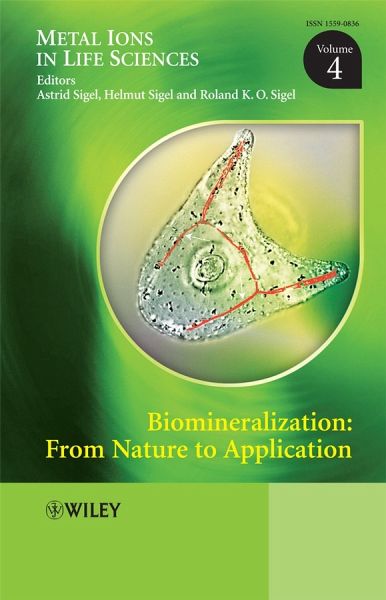
Biomineralization (eBook, PDF)
From Nature to Application, Volume 4
Redaktion: Sigel, Astrid; Sigel, Roland K. O.; Sigel, Helmut
Versandkostenfrei!
Sofort per Download lieferbar
356,99 €
inkl. MwSt.
Weitere Ausgaben:

PAYBACK Punkte
0 °P sammeln!
Biomineralization is a hot topic in the area of materials, and this volume in the Metals Ions in Life Sciences series takes a systematic approach, dealing with all aspects from the fundamentals to applications. Key biological features of biomineralization, such as gene directed growth and the role of enzymes are covered, as are new areas, including copper/zinc in the jaws of invertebrates or magnetic biomaterials that help birds with navigation
Dieser Download kann aus rechtlichen Gründen nur mit Rechnungsadresse in D ausgeliefert werden.



